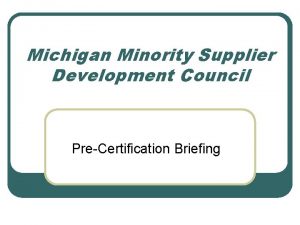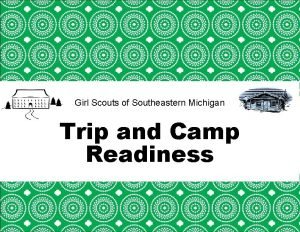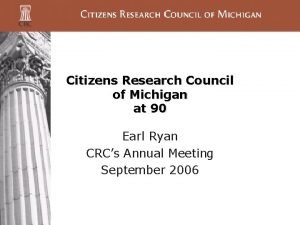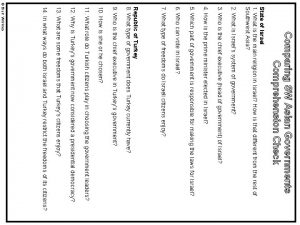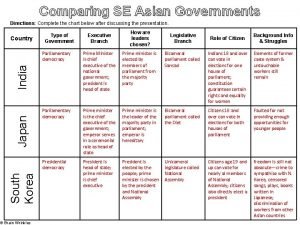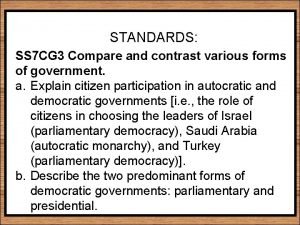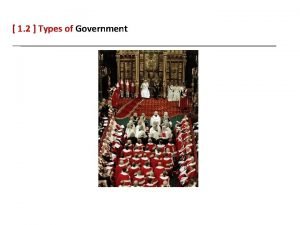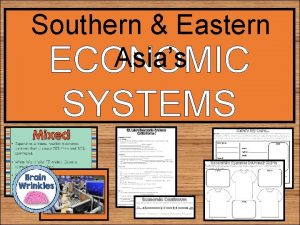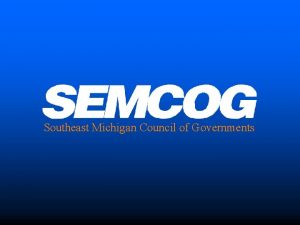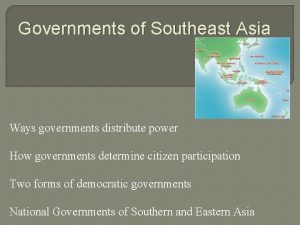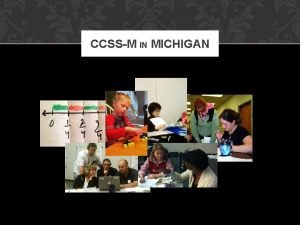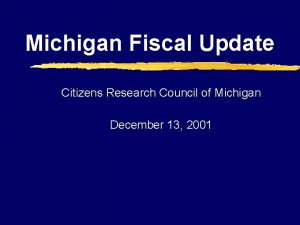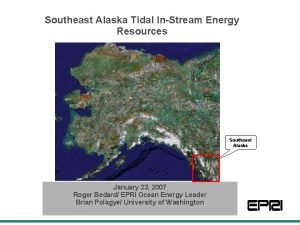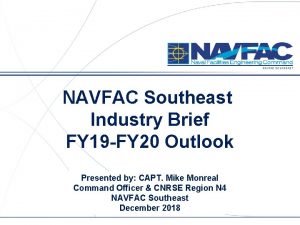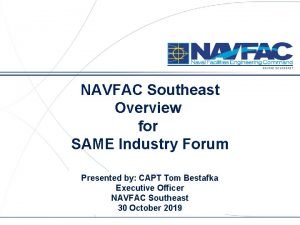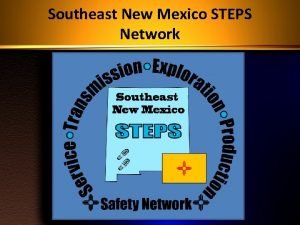Southeast Michigan Council of Governments Development of a





























- Slides: 29

Southeast Michigan Council of Governments

Development of a Traffic Count Database for Travel Model Calibration Brian D. Mohr, Li-yang Feng, and Tom Bruff Southeast Michigan Council of Governments 11 th TRB Applications Conference Daytona Beach, FL May 7, 2007

*Detroit

SEMCOG Region Oakland Livingston St. Clair Macomb Communities: 234 Washtenaw Wayne Monroe Population: 4. 9 million Licensed drivers: 3. 4 million Annual VMT: 49 billion Miles of road: 23, 000

Presentation Overview Count source Regional traffic count database Travel model interface Model validation files

Challenges • No consistency in count data format • No central database for storing counts • No efficient procedure for linking counts with model • No way to determine if counts sufficient for validation

Solutions • Create regional traffic count database (RTCD) – Central repository for all counts – Source of counts for model, other apps • Create automated procedure for linking counts with model • Use power of GIS (linear referencing)

RTCD Development Issues • Transferring data from multiple sources into common format – Michigan Department of Transportation (MDOT) – Local agencies (counties, cities) • Developing RTCD database structure • Coding counts with GIS attributes

Traffic Count Database System (TCDS) • Software features – Web-based, friendly user interface – Direct uploading from traffic counters – Logical relational database structure – Numerous quality control measures • Provides SEMCOG easy access to counts from all seven counties, Detroit



Importing MDOT’s Traffic Count Data • Challenges – Understanding MDOT’s count program – Three types of data: PTR, ITS, short counts – Different data format for each type • Solution: MDOT data conversion tool – Converts all data into common format – Flags “representative” PTR, ITS counts

MDOT Data Conversion Tool

SEMCOG’s Regional Traffic Count Database (RTCD) • Oracle database with three primary tables: – – – Count location descriptions Counts GIS (linear referencing) coding • Number of records in database – – – Locations: 28, 080 Counts available for validation: 58, 750 Total counts available: 342, 049

GIS (Linear Referencing) Coding • Counts coded with LRS attributes from base map (route/milepoint system) • All SEMCOG transportation data coded • Counts coded as segments Every point ( ) on road network represented by two coordinates: route number, milepoint Every count location ( ) represented by three coordinates: route number, beginning milepoint, ending milepoint

Local agency counts (via TCDS) Other counts Regional Traffic Count Database (RTCD) MDOT counts (via conversion Tool)

Local agency counts (via TCDS) Other counts Regional Traffic Count Database (RTCD) MDOT counts (via conversion Tool) Travel model interface Model validation files

Model Validation File Creator • Required input – RTCD tables (locations, counts, GIS info) – Trans. CAD link definition table – Count alignment table – Desired statistical parameters • Output: data-based or model-based validation file

Two Types of Model Validation Files • Data-based – Links assigned counts wherever possible – Not a statistically sound validation file • Model-based (statistical sample) – Links stratified by geographic area and functional class, sample randomly selected – Only some links will have counts assigned

Model Validation File Creator

Model Validation File Creator

Matching Counts and Links Using Linear Referencing • Model links also coded with LRS attributes from GIS base map • Allows geographic comparison of count locations and model links

Multiple Counts at Same Location • Count attributes used to match counts with appropriate model links • Hierarchy of preferred counts developed • Examples of preferred counts – Counts taken in same year as model validation year – Directional counts – Counts with shorter intervals

Results • Entire process works successfully – Already used on 2002, 2005 highway networks in current model – Will be used soon with 2006 counts • RTCD data used in many transportation applications, including web data tool

www. semcog. org

Future Initiatives • Continue to improve count data quality • Append data from additional sources into RTCD • Fully automate importing of data into RTCD • Begin performing model validation with statistically generated sample of links

Keys That Made This Project Successful • Establishing data formatting consistency • Effective communication, coordination with local agencies and MDOT • Establishing data quality controls throughout process • Use of GIS (linear referencing) • Automating tasks wherever possible

Local agency counts (via TCDS) SEMCOG website Data-based validation files Other counts Regional Traffic Count Database (RTCD) MDOT counts (via conversion tool) Model Validation File Creator Model-based validation files Other transportation applications

Development of a Traffic Count Database for Travel Model Calibration Brian D. Mohr, Li-yang Feng, and Tom Bruff Southeast Michigan Council of Governments 11 th TRB Applications Conference Daytona Beach, FL May 7, 2007
 Michigan minority supplier development council
Michigan minority supplier development council Girl scouts southeast michigan
Girl scouts southeast michigan Centre region council of governments
Centre region council of governments Scog
Scog Citizens research council of michigan
Citizens research council of michigan Different kind of governments
Different kind of governments Why do people create, structure, and change governments?
Why do people create, structure, and change governments? Note three provisions in japan’s new constitution.
Note three provisions in japan’s new constitution. Governments comprehension check
Governments comprehension check Comparing sw asia governments answers
Comparing sw asia governments answers Is japan a unitary state
Is japan a unitary state Comparing asian governments
Comparing asian governments Comparing asian governments
Comparing asian governments Comparing african governments
Comparing african governments The formation of governments 1-2
The formation of governments 1-2 Are local governments tax exempt
Are local governments tax exempt Are city governments tax exempt
Are city governments tax exempt Comparing sw asia governments answers
Comparing sw asia governments answers How can governments ensure citizens are treated fairly
How can governments ensure citizens are treated fairly How do the governments of kenya and nigeria compare?
How do the governments of kenya and nigeria compare? Comparing sw asian governments
Comparing sw asian governments How are governments classified
How are governments classified The formation of governments 1-2
The formation of governments 1-2 Government can sometimes improve market outcomes examples
Government can sometimes improve market outcomes examples What are the three ways to classify governments
What are the three ways to classify governments Liberals wanted governments to be based on
Liberals wanted governments to be based on Sw asian economies comprehension check
Sw asian economies comprehension check Is canada limited or unlimited government
Is canada limited or unlimited government Essential industry argument
Essential industry argument Raw material research and development council salary scale
Raw material research and development council salary scale
